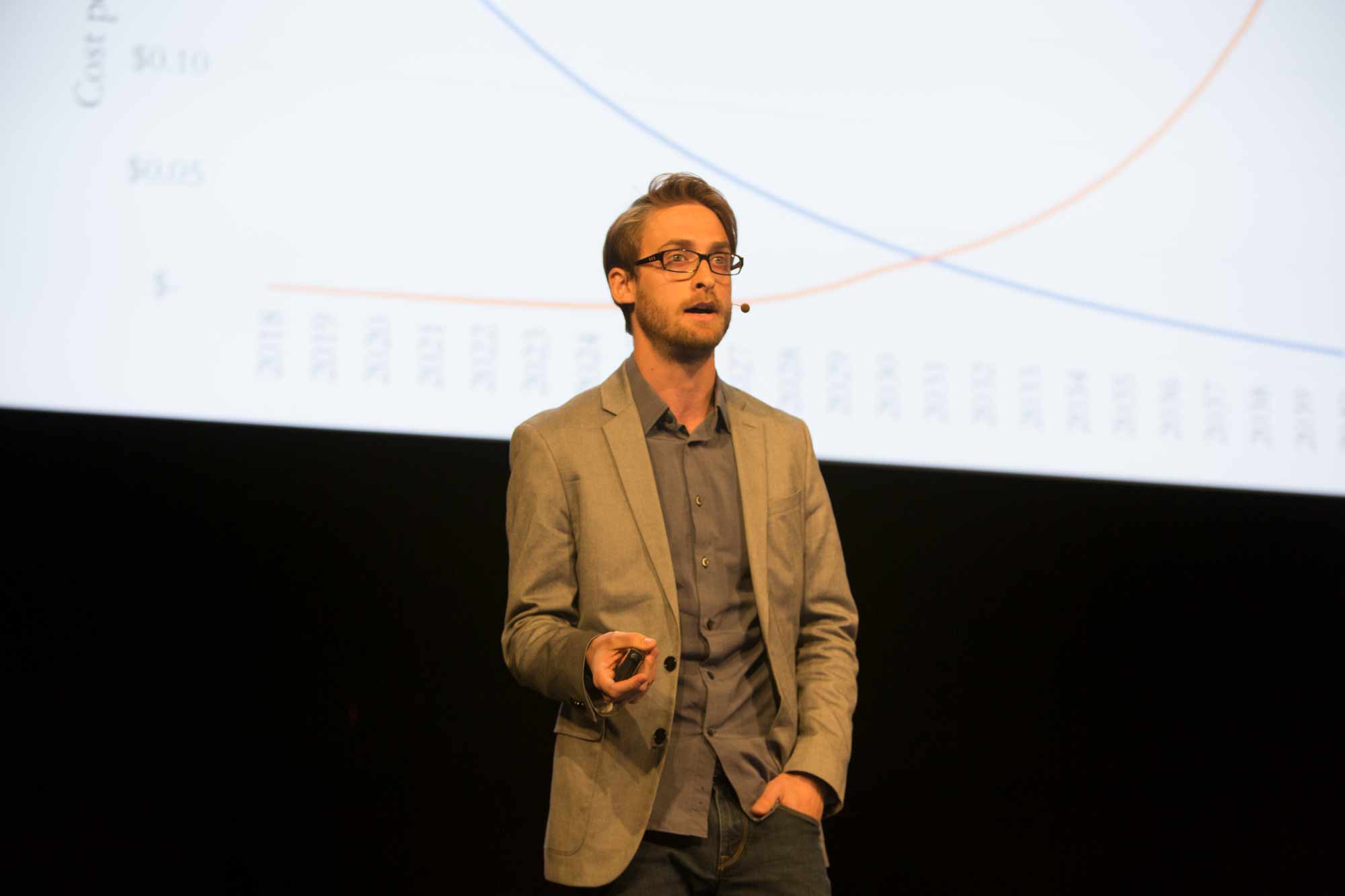When Chris Burniske began evaluating crypto-assets professionally back in 2014, nobody on Wall Street wanted to talk about Bitcoin and similar systems, insisting that the assets hosted on these networks didn’t have much value. Now that the cryptocurrency market has gotten so big, thanks in large part to initial coin offerings, “the same people who largely have said these assets are worthless are now asking how much are these assets actually worth,” he says.
Answering that question is tricky, and the science is still emerging. A complicating factor is that there are several kinds of crypto-tokens, and while some resemble currencies, some are more like commodities (see “When the cryptocurrency bubble pops, these tokens are built to survive”). But thanks to pioneers like Burniske, financial analysts are starting to get their hands on real tools for determining the underlying value of blockchain networks. On stage at MIT Technology Review’s Business of Blockchain conference, Burniske, who has written a book on the topic, explained his approach to evaluating digital assets and shared some of the insights this approach has already generated.
How much is a given network worth compared with others? The metric that has emerged as the most common way to determine this is called the “network value–to–transactions ratio.” In this case, the network value is simply the number of coins in circulation multiplied by the price. “It’s not a market cap, because it’s not a company,” says Burniske. The network value is then divided by the “transaction value,” or the the dollar value that the underlying blockchain moves in transactions.
Don’t settle for half the story.
Get paywall-free access to technology news for the here and now.
